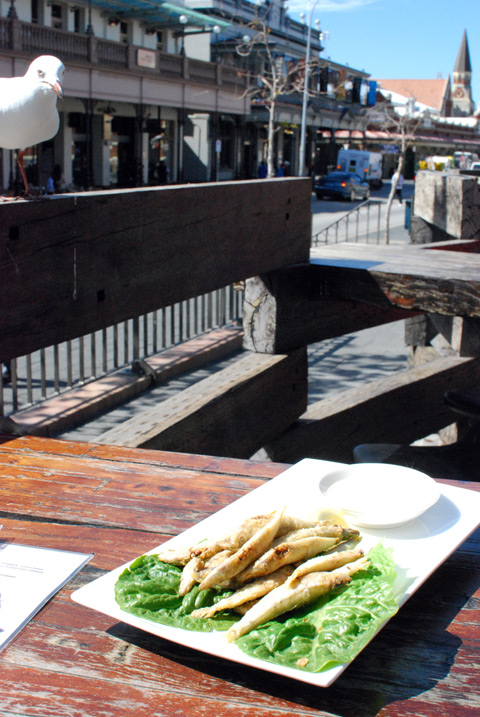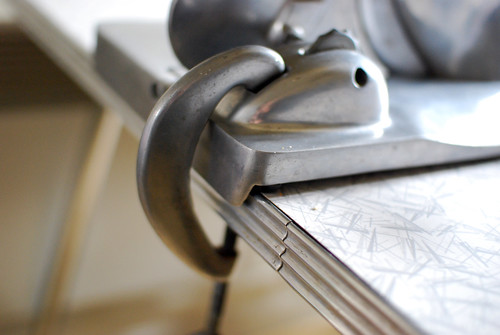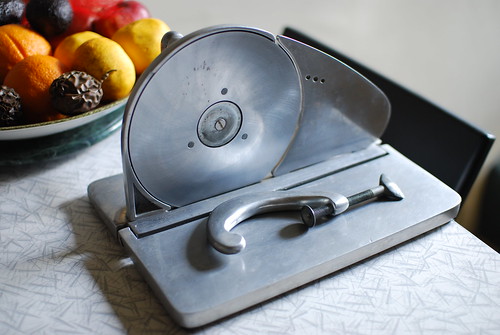In 1871, the Australian state of Victoria contained 126 breweries. By 1987, there was effectively one. For all the new micro-brewed beer that has lubricated the gullets of Australians in the subsequent twenty years from 1987, at present two breweries control 90% of the Australian beer market. There are microbreweries who chip at the edges of the CUB and Lion Nathan oligopoly; who run around them in mesmerising circles and win umpteen beer awards.
Microbreweries who have little real impact on Australia’s wider drinking culture.
Australia had a microbrew culture in the mid-1800s, as did anywhere that brewed beer. Beer does not travel well in a hot climate and so there was much impetus to create it as near as possible to where the drinkers were. In the absence of refrigeration, drinking the local ale was the only choice even if a good deal of the beer created was indescribably awful. In 1855, a correspondent for the Herald described beer served at a Governor’s ball as:
..not a nice ale, or any good wholesome malt mixture, but a villainous compound…Poor Captain of the 12th took a bold draught, but when he set down his tumbler he cast a look upwards that was like the beer itself – he seemed thunderstruck
Once again Australia has started to brew more local beers but the real penetration of microbrews into Australian life hasn’t happened yet.
Except for in Fremantle.

The tasting set from Sail and Anchor
The bellwether for drinking culture is the shift worker. What they crack open as their breakfast beer is the best indicator for what the masses drink. When you see fish processors who have barely had a chance to scrape the scales and grime from their hands turn up to the bar at Little Creatures in Fremantle and down a pint of freshly brewed pale ale for breakfast then you know that a revolution in Australian brewing is upon us. Welcome back to the 1800s.
In Fremantle, it is more difficult to find a non-local beer than one brewed in the immediate vicinity. Brewpub Sail and Anchor (tasting glasses, above) had four local brews on: a lager, wheat beer, a bitter India Pale Ale and their dependable Brass Monkey Stout.

Relative newcomer Madmonk brewery put on a display of German-ness with a smoked beer (rauchbier), kölsch, witbier, as well as an IPA and a porter (above) in a Fremantle-appropriate beer garden.

The only thing left to do in Fremantle was order some whitebait and fend off the seagulls.
Locations:
Madmonk, 33 South Terrace, Fremantle
Sail and Anchor, 64 South Terrace, Fremantle.
Little Creatures Brewery, 40 Mews Road, Fremantle





